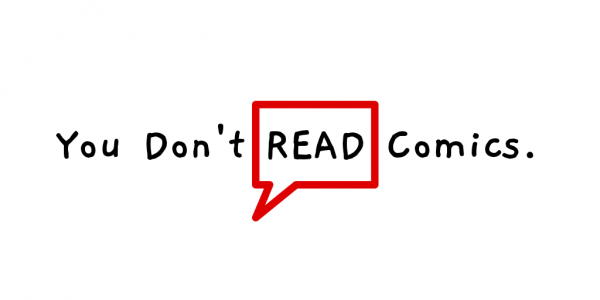Poison Ivy #32 // Review
am needs some help in the marsh from Peter. In another life, Peter and Pam might have been friends. Instead, they are just the same type of villain And since that particular form of villainy happens to be at least kind of beneficial, Pam and Peter end up playing the role of heroes in Poison Ivy #32. Writer G. Willow Wilson continues her thoroughly enjoyable walk with the eco-terrorist from Gotham City. Artist Brian Level brings the story to the page with the aid of colorist Arif Prianto. The inner psyche of Pam gets explored a bit more in a satisfying supernatural horror drama.
Being a villain who has been around for a kind of a long time, Pam has come to know the act of heroism quite well. She’s made the observation that being a hero often simply doesn’t work. Why? Trying to save people might be a valiant sort of activity, but quite often, people simply don’t want to be saved. This might very well be the case with the monster haunting the Gotham City ghost town suburb of Marshview. She and Peter are going to have their hands full trying to deal with the monster. They might need a little help from a divine being of some sort.
Wilson focusses the issue pretty squarely on the hero/villain dichotomy. It's a dynamic that Wilson had been exploring pretty much throughout the entire run of the series. However, the 32nd issue places that particular economy, very close to the center of page and panel. The maddening complexities of trying to help people out in a world that is as complicated as it is is often the topic for modern comic books. However, rarely is it given the kind of strength and depth that Wilson gives it in this particular issue.
Level’s art might feel a bit distance from the work of Marcio Takara, who has been doing stellar work on the series. this is not to say that it's not incredibly good. It just feels like kind of a jarring shift from the severely dramatic style of Takara’s work. Takara is a master of subtlety and nuance that feeds the drama. By contrast, there’s much more darkness and direct impact in the way Level approaches the work. The drama isn’t as textured, but that doesn’t mean that it lacks significant impact all its own. It’s nice to have the distinct color work of Prianto bridging the gap between artists as he has worked extensively with both on the series thus far. His colors maintain a uniformity of mood and tone that serves the visual continuity of the series quite well.
There has been real and profound character development that has gone on with Pamela Eisley in the past three years over the course of the series. It's really fun to see what Wilson is doing with respect to that. And how she really is a very complicated person. This is an often a case in comic books. The desire to maintain a status quo is always really important. So they doesn't tend to be as much character development as there could be. Which is why it's really cool to see Pamela learning from, what she's been through and learning a little bit more about herself every issue. It makes this particular series one the most reliably good mainstream comics in recent memory.










